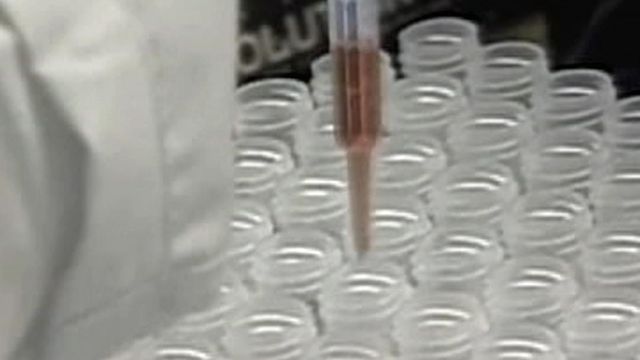Study: HPV test detects cervical cancer
A new landmark study shows testing for the human papillomavirus (HPV) is more effective than a PAP smear for detecting cervical cancer.
Posted — UpdatedA new landmark study shows testing for the human papillomavirus (HPV) is more effective than a PAP smear for detecting cervical cancer. The findings could change the way doctors around the world test for the disease.
Jodi McKinney says a HPV test helped her beat cervical cancer.
"When they first told me that I had cancer cells, I was devastated,” McKinney said.
The 43-year-old says while her routine PAP smear was negative, the HPV test was positive. The discovery allowed doctors to diagnose McKinney's cancer at an earlier stage.
"I was able to avoid having the hysterectomy, the chemo, the radiation,” McKinney said.
The HPV virus causes nearly 90 percent of cervical cancers. A new study says that routine HPV testing for women over 30 could save millions of lives.
"The PAP smear is not as sensitive as the HPV," said general practitioner Dr. Steven Lamm. "There are a lot of women who might be negative on the PAP smear and then turn out to actually have cervical cancer."
In the United States, about 4,000 women die every year from cervical cancer. Worldwide, the disease kills more than 25 million women a year.
"This will be the new standard,” Lamm said.
Gynecologists are being urged to make HPV testing part of a woman's annual exam along with the pap test.
"If your doctor doesn't offer it to you, please ask for it,” McKinney said. "Insist on it."
McKinney, who has five children, is now cancer-free. She said she is looking forward to watching her family grow.
It should be relatively simple for doctors to add the HPV test to the annual gynecological exam – it uses the same tissue sample taken during the PAP test, and does not require any additional discomfort for the patient.
• Credits
Copyright 2024 by Capitol Broadcasting Company. All rights reserved. This material may not be published, broadcast, rewritten or redistributed.






